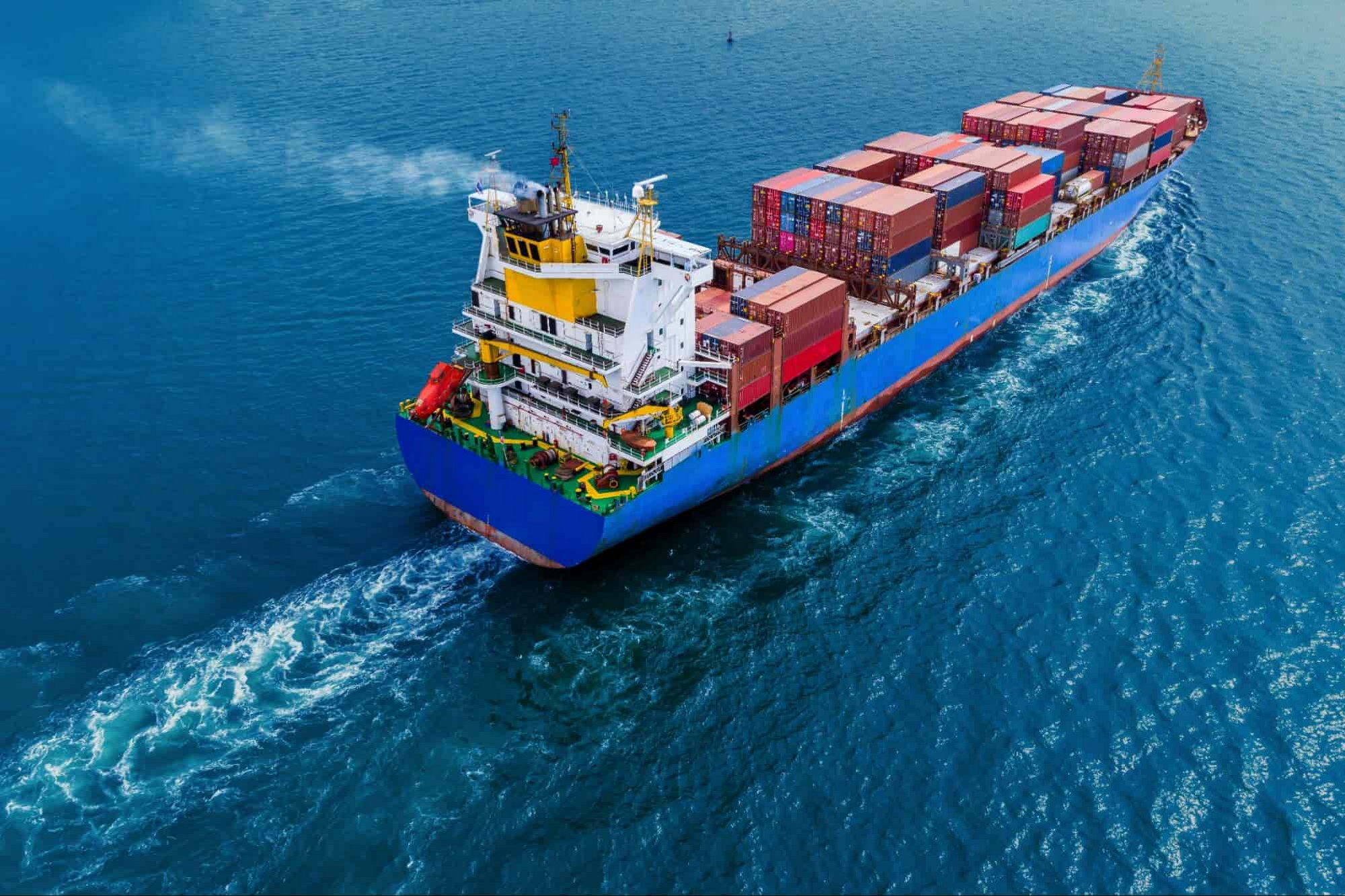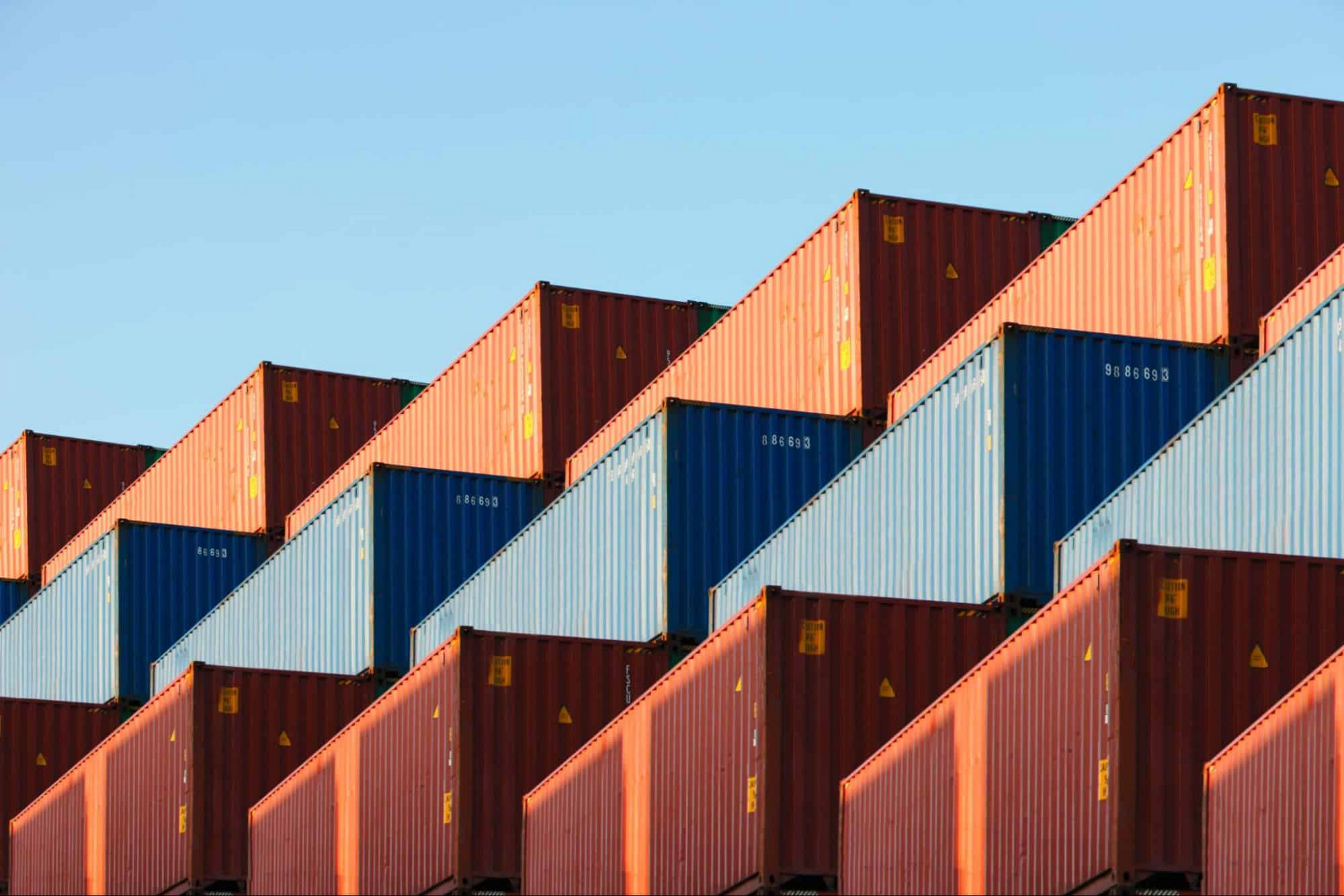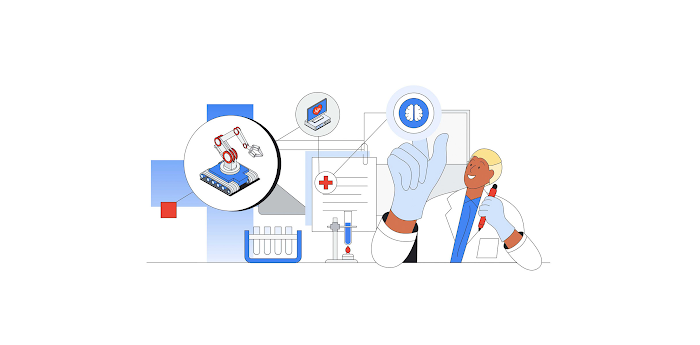No more normal? No problem when you build supply chains with data and AI

Matt A.V. Chaban
Senior Editor, Transform
What if, after all the upheavals and innovations of the past two years, we’re not headed for some new normal but instead an era of no more normal?
“There are big, big challenges that need to be solved every single day by supply chain professionals,” Hans Thalbauer, Google Cloud’s managing director for supply chain and logistics, pointed out during our recent Supply Chain & Logistics Spotlight event. Among the issues Thalbauer ticked off were changes from the pandemic, consumer demand, labor shortages, the climate crisis, geopolitical instability, and energy shortages.
“And the thing is, it’s not just a short term issue, we think it’s a long-term and systemic issue,” Thalbauer said. “There’s a big question out there, which is: How will global trade change? Is it really transforming and translating into something new? Will global trade continue to work as is? I would even argue, we are living in a post-outsourcing world."
He's not alone in asking such questions. Executives and analysts are likewise wondering about the future of logistics, as are experts at the White House. The same day as the Supply Chain & Logistics Spotlight, the president’s Council of Economic Advisors released their annual report with an entire chapter dedicated to supply chain. In it, they noted that once-obscure, and ideally invisible, supply chains had “entered dinner table conversations.” And for good reason. “Because of outsourcing, offshoring, and insufficient investment in resilience, many supply chains have become complex and fragile,” the economists wrote.
Wherever, and whenever, we finally settle—more global or local, more automated or disintermediated, more agile or fragile—one of the likeliest results is a greater reliance on technology, and especially data, to help handle all the disruptions and interruptions on the horizon.
Leaders in the field, including at The Home Depot, Paack, and Seara Foods, are discovering opportunities in a few key areas: connecting data from end to end; the power of platforms to access and share information; and the importance of predictive analytics to mitigate issues as, or even before, they arise.
“We need to create visibility, flexibility, and innovation,” Thalbauer said. “Too often companies just focus on their orders, forecasts, and inventory, but typically they ignore the rest of the world. We need to bring in the public information, the traffic, weather, climate, and financial risks, connect that with the enterprise data, and we need to actually enable community data to create collaboration between business partners at every tier.”
End-to-end data
Companies have always sought visibility from the factory to the warehouse to the store and now the front door, and all the points in between. Both the challenge and necessity of seeing into all these is that as the data has grown, and our capabilities along with it, so has the complexity. It’s at a scale no humans can manage, which makes the importance not only of data but analytics and AI all the more essential.
Home Depot has had a front row seat to these growing interdependencies—especially when it comes to serving competing yet complimentary clienteles.
The pandemic presented its share of unexpected opportunities, as the combination of soaring home values, disposable income, and DIYers looking for (stay at) home projects led to runs on everything from lumber to sheds-turned-offices to garage doors. Empty shelves can lead to angry customers. And in this case, it wasn’t just homeowners and renters Home Depot was contending with, explained Chris Smith, vice president of IT Supply Chain at Home Depot, but also an increasingly important base of contractors and even large-scale developers. Each have their own specific, and sometimes competing, needs.
Whatever the future of logistics look like—more global or local, more automated or disintermediated, more agile or fragile—one of the likeliest results is a greater reliance on technology.
“We really have what we call an omnichannel algorithm.” Chris Smith, VP of IT Supply Chain at The Home Depot. “It’s really marrying up the customer’s preferences with our understanding of capacity, assortment, inventory availability, taking all that together, and saying: How do we best meet the customer promise and do it with the most efficient use of our supply chain? So where do we fulfill it from, where is the inventory available, and how do we do that in a way that’s most economical for us while still meeting the promise of the customer,” Smith said.
Paack, a last-mile delivery start-up serving the UK, Spain, France, Portugal, and Italy, is similarly pushing the envelope on fulfillment. The company focuses on combining a wealth of data—from drivers, customers, sensors, weather, and more—to ensure guaranteed delivery. So far, their success rate is approaching 98% of on-time delivery, with special scheduling tools to ensure customers are available to receive their packages.
Using solutions like the Last Mile Fleet Solution from Google Maps Platform, Paack can manage drivers and customers in real-time.
“The granularity of information we can collect in terms of which routes are being effectively followed by the driver’s route versus planned routes, the ability for them to change directions, because we might know locally of better ways to go, notifications from the customer as to their availability—these really allows us to build a better experience for everyone,” Olivier Colinet, chief product and technology officer for Paack, said. “We want first-time drivers to be the most productive drivers, and this first step allows us to do so.”
Power of platforms
Paack’s success exemplifies the power of building a strong platform for customers and workers, as well as tapping existing platforms, like Google Maps, to bolster your own.
On the other side of the globe, the world’s largest meat supplier is seeking to empower thousands of ranchers and farmers with a platform of their own. Seara, a Brazil-based supplier of pork, chicken and eggs that is part of the globe-spanning JBS conglomerate, launched its SuperAgroTech platform in July 2021.
Though in development for years, the program could hardly have come at a more critical time for the global food supply. The food industry was already coping with pandemic-related shortages and shutdowns, and then came the spillover effects from the war in Ukraine.
“In general, the entire supply chain was affected and the operation had to adapt to new working conditions,” Thiago Acconcia, the director of innovation and strategy at Seara, said. “So in the farms, in the field, the same situations are repeated, and the creation of this digital online platform enters as a facilitator when it gives autonomy to the farmer, providing them with the data input and digital communication.” It’s a level of connectivity the farmers never had with Seara before—and vice versa.
The technology has been deployed to more than 9,000 farms at launch. Through a range of IoT sensors, monitoring devices, and data inputs from farmers, operators and Seara data, teams can track a host of results. These include yields, animal health, profits, and even environmental and social impacts, which are becoming increasingly important features for consumers.
The eventual goal is to reach 100% digital management of the farm.
“So today, we are able to activate any producer in a few seconds, regardless of the location,” Acconcia said. With SuperAgroTech, the platform “doesn't mind if it's in the very south of the country, if it's in the central part. It's strengthening the relationships with our producers and also promoting a level of personalized attention they’ve never had.”


Predictive Analytics
As a company’s digital strategies evolve through integrated data and robust platforms, one of the most exciting opportunities arises around predictive analytics.
Home Depot has looked at ways to quickly adapt its digital stores using consumer data and AI to create better experiences, as well as smoothing out supply chain issues. Home Depot’s Chris Smith pointed to a listing for an out-of-stock appliance or tool, for example, that will quickly offer other locations or items for sale as a convenient alternative.
“We can apply machine learning in many different ways to make better, faster decisions, both in how we support moving inventory through our supply chain or how we understand available capacity to support our customers,” Smith said. “And with automation, from our distribution centers to our forecasting and replenishment systems, we’re going to continue to look at places where we can optimize and automate to make better decisions.”
For Paack, predictions could come in the form of traffic or storms or even the likelihood that a repeat customer will be available or not, without having to prompt them.
And at Seara, the role of data and analytics is not just vital to the business but the very vitality of the world. As climate, supply chains, global conflicts, migration, and other issues continue to constrain the food supply, anticipating issues could be the difference between salvaging a crop or not.
“We started creating advanced analytics by means of AI tools to not only notify real-time problems but also to predict what's going to happen in the near and long future,” Acconcia said. “We are talking about the world's food, and SuperAgroTech has the role to feed the world, and to overcome these biggest challenges.”



